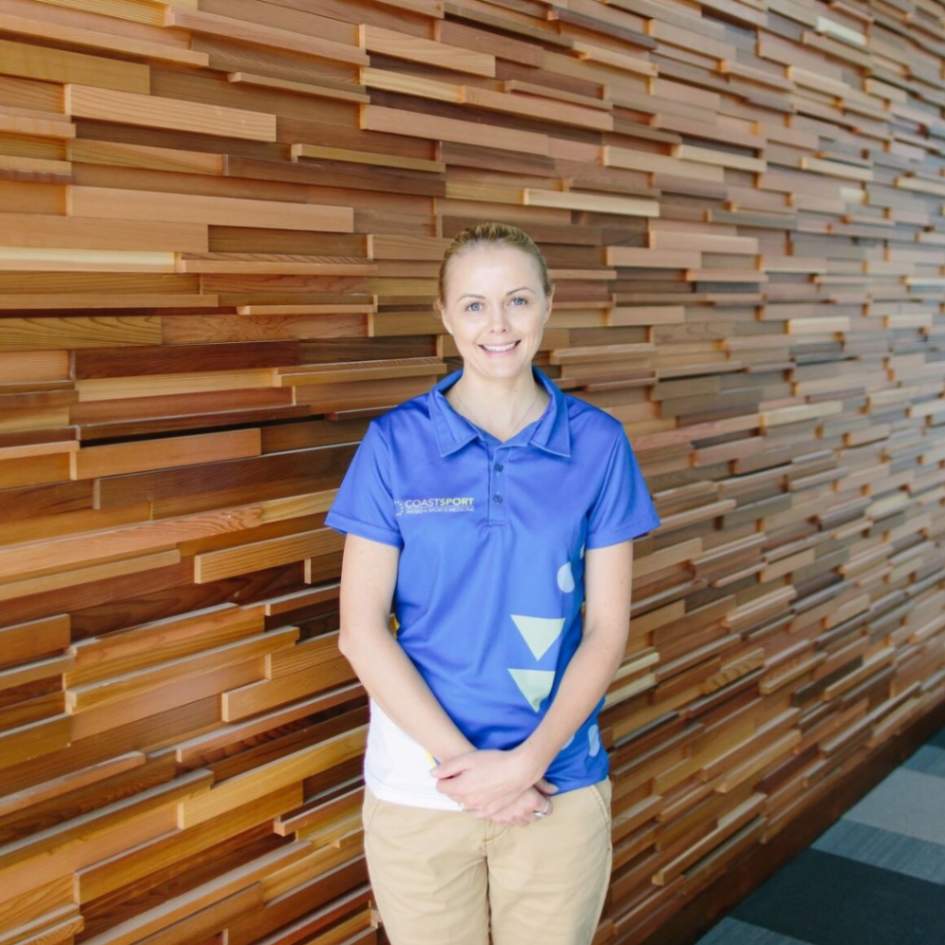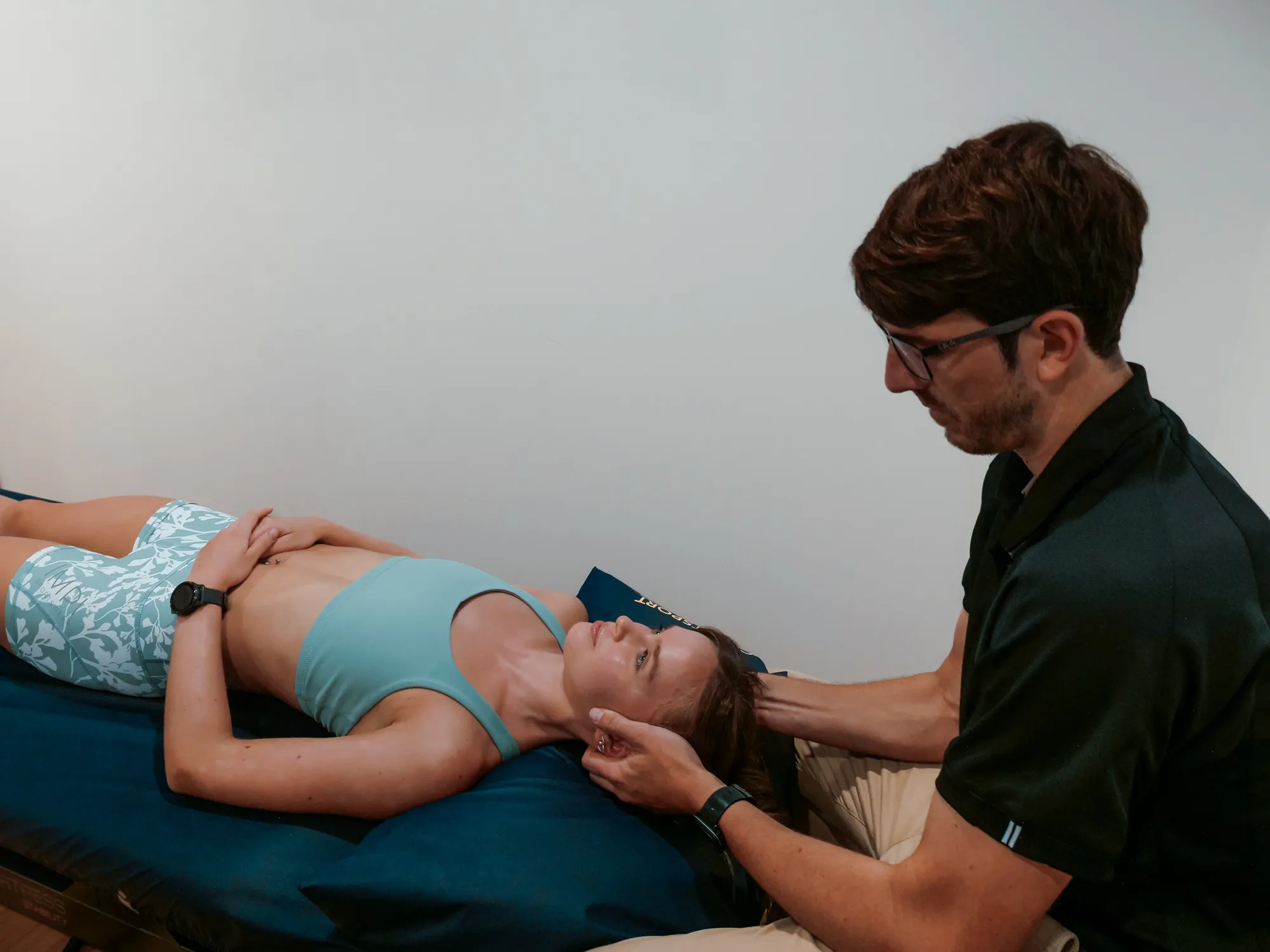What’s all the high intensity hype about?
The popularity of these type of programs on the Central Coast is on the rise for many reasons, for one it they can be modified for all fitness levels and special conditions such as diabetes and obesity. They are time effective and don’t require any specific equipment.
They also burn more calories than a traditional workout especially after the workout. The reason being is that they require a huge demand for oxygen from the cardiovascular system, this shortage tries to replenish in the recovery phase but due to the short nature there is not enough time before the next interval. This post exercise period is called the excess post exercise oxygen consumption and lasts about 2 hours where the body requires more energy to return to a pre-exercise state. Total energy expenditure can be up to 15% more calories used.
Other benefits of HIIT include improvements in:
- Blood Pressure
- Insulin sensitivity
- Cardiovascular health
- Cholesterol profile
- Abdominal fat and weight whilst maintaining muscle mass
- Aerobic and anaerobic fitness
HIIT – How’s it done?
Modes of exercise can include cycling, running, rowing, swimming, stair climbing as well as exercises that use bigger muscle groups such as squats, push ups, burpees and mountain climbers.
The intense work periods last from between 5 seconds to 8 minutes long and are performed between 80-95% of a person’s estimated maximum heart rate. The recovery periods may last equally as long but at an intensity of 40-50% max heart rate. These workout periods alternate for between 20-60 minutes long.
Due to the exhaustive nature of the training more recovery time is needed and it is recommended to start at 1 day a week and build up.
Going against the clock
Are you wanting to exercise and feel that you may not have the time in your busy schedule?
10 min of HIIT has been shown to provide similar benefits to 45min-1 hour of moderate exercise!
Safety Concerns
Those wanting to start a HIIT program need to have a certain base level of fitness before beginning. They should have been currently practicing a regular aerobic activity 3-5 times per week for 20-60 minutes at a time. This should have developed sufficient cardiovascular and muscular strength adaptations to perform the HIIT. Medical clearance is necessary for those who have risk factors for cardiac disease or who have a family history.
The chosen activities for the HIIT should be familiar to the athlete to avoid risk of injury and the intensity chosen should be specific to the individual.
For best results why not book in with one of our Accredited Exercise Physiologists our Leigh-Anne McBride or Maddie Sheppard, they will be able to tailor a HIIT program specifically tailored to your needs.
This blog has been prepared by our Accredited Exercise Physiologist Leigh-Anne McBride.
To book in with our team and have a HIIT program tailored to your needs, call us on 4356 2588 or use the book online button below!






 Helping the Central Coast Feel Well, Move Well and Perform Well!
Helping the Central Coast Feel Well, Move Well and Perform Well!